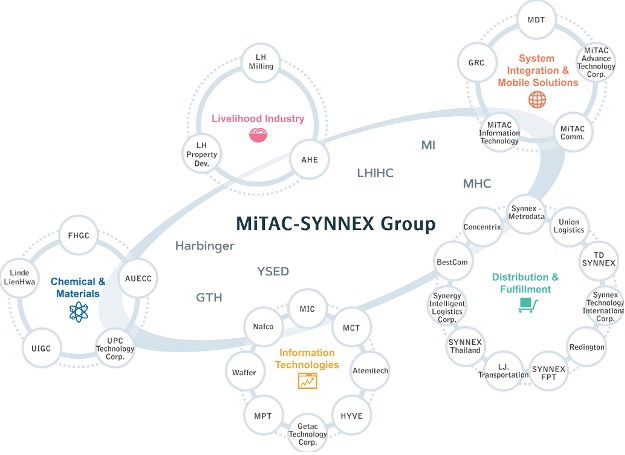In contrast to the general opinion that the Trans-Pacific Partnership (TPP) would fall through in the absence of the United States, the remaining member countries have successfully resurrected negotiations on the deal. Final signing on TPP 2.0 or the Comprehensive and Progressive Agreement for Trans-Pacific Partnership (CPTPP) is expected to take place in March 2018, followed by the ratification process.
Taking a step back, what is the TPP and what happened to the agreement? The TPP envisaged a free trade area (FTA) between 12 member countries amongst several other provisions. Following over 5 years of negotiations however, the United States withdrew from the TPP in early 2017, after Donald Trump assumed presidency, consequently leading to the collapse of the TPP. The member countries of the TPP were the United States, Canada, Mexico, Peru, Chile, Japan, Vietnam, Singapore, Brunei, Malaysia, Australia, and New Zealand, and ratification from the United States was required for the TPP to enter into force given the relative size of the US economy. In regards to the Comprehensive and Progressive Agreement for the Trans-Pacific Partnership (CPTPP), ratification by at least 6 of the 11 member countries is necessary, following which the CPTPP would enter into force following a period of 60 days.
The CPTPP vs. the TPP
Over 20 items from the TPP have been suspended under the CPTPP. The table below examines some of the key similarities and differences between the CPTPP and the TPP, along with an impact analysis for the same.
Exhibit 1: Analysis of Some of the Key Similarities and Differences between the CPTPP and the TPP
A point should be made, however, that suspension of the provisions, as opposed to amendment, allows for these provisions to be reinstated later. For example, should the United States look to join the CPTPP eventually, some of these provisions could be reinstated, given that these provisions were primarily sought by the United States. The CPTPP also allows for the United States to be re-admitted, and for other countries to be admitted.
The CPTTPP, the Regional Comprehensive Economic Partnership (RCEP), and North American Free Trade Agreement (NAFTA)
While progress on the CPTPP continues, some CPTPP member countries are also involved in another mega free trade deal, namely the Regional Comprehensive Economic Partnership (RCEP). Member countries of the RCEP include the Association of Southeast Asian (ASEAN) member countries and six ASEAN free trade agreement (FTA) partners, namely China, Japan, India, South Korea, Australia, and New Zealand. While talks on RCEP were initiated back in 2012, previous deadlines for conclusion have been missed, with the present focus on concluding talks in 2018. A comparison of the CPTPP against the RCEP reveals the latter does not include protection for human rights, labor, and environment. Ratification of the RCEP should especially help bolster China’s manufacturing export dominance over the United States, especially in the light of the US withdrawal from the TPP.
Progress on the CPTPP should also come as a relief to Canada and Mexico, in the light of ongoing North American Free Trade Agreement (NAFTA) renegotiations. Following the United States’ call for renegotiations, NAFTA, which has been in effect since 1994, is now being renegotiated amongst the member countries—the United States, Canada, and Mexico. Several divisive topics, however, are delaying the renegotiation process. Further extension of talks or US withdrawal from NAFTA would have a dampening effect on economic growth across member countries, with the latter obviously having a more damaging effect. In the light of these conditions, the CPTPP would help Canada and Mexico to geographically diversify trade and minimize reliance on trade with the United States.
[ [1] ISDS: Allows a foreign investor to bring a case against the government of the country in which they have invested before an international arbitration tribunal. ]




